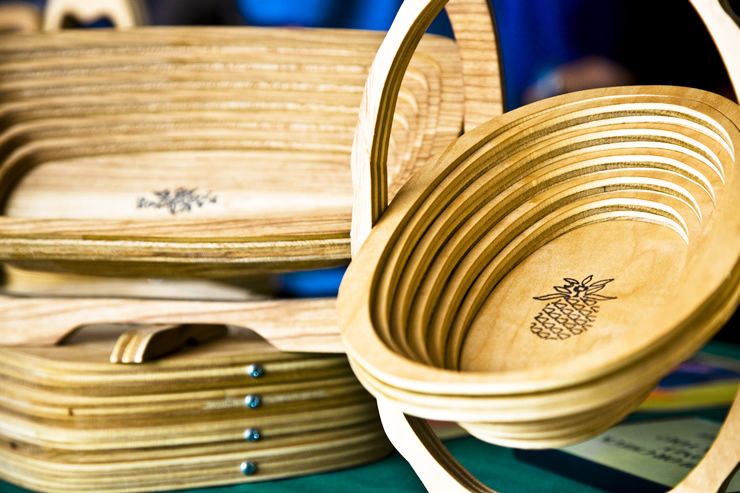Seabrook has everything you need and more for a complete vacation, though a trip to Charleston is a must if you have extra time, and the Charleston City Market is the place to start.
The market a must-see stop for anyone new to the area or anyone who hasnt stopped by in a while as it is always interesting to walk through a piece of Charlestons history.
The market extends four blocks and is full of local arts and crafts, eateries, and souvenirs. Some of the most popular items include Gullah Sweet Grass Baskets.
Renovations over the years have given the traditionally outdoor market some areas where there is air conditioning, which is a godsend during the humid summer months, and updated restrooms.
The Charleston City Market is open from 9:30 a.m to 5:30 p.m. except Christmas Day. From March-December, the market is open from 6:30 to 10:30 pm. as well on Friday and Saturday nights.
The market is located at 188 Meeting Street.
History of the Charleston City Market
The markets roots began back in the 1700s. This was a time when there was no refrigeration, so people living in the sultry heat of the lowcountry needed to shop for fresh food almost daily. To address this need, the first public market in Charleston was created in the 1790s at the corner of Broad and Meeting Street.
The early market sold beef while nearby locations sold fish, produce, and butter. Once the American Revolution caused turmoil and destruction in the south, city planners in Charleston decided that all the markets should be consolidated and the market at the Broad and Meeting Streets location was expanded.
Food continued to be the only thing sold at the market for many years. This stands in sharp contrast to what many people think about the markets past, being that it was the go-to place for the buying and selling of slaves.
In reality, it served as a market first and foremost, and later, as a place for locals to gather for food, drinks, and good conversation.
As time went by and the market continued to grow, and in 1788 Charles Pinkney donated a strip of marsh land so that the market could expand.
Over the years, the need for a food market diminished, and by 1901 the Charleston City Council decided that something needed to change. The councilmembers thought that the area might be better used as a park and for years a debate raged on over what to do with the land. Many locals were against the thought of changing the market, and luckily their concerns were heard as the market became preserved as a historical site. Today, the market is a registered National Landmark.
